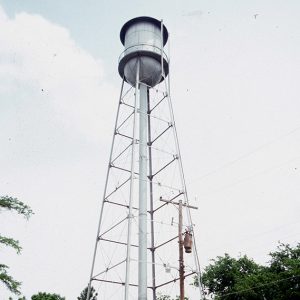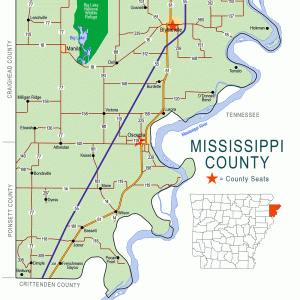calsfoundation@cals.org
Keiser (Mississippi County)
| Latitude and Longitude: | 35°40’28″N 090°05’59″W |
| Elevation: | 230 feet |
| Area: | 0.37 square miles (2020 Census) |
| Population: | 751 (2020 Census) |
| Incorporation Date: | November 10, 1933 |
Historical Population as per the U.S. Census:
|
1810 |
1820 |
1830 |
1840 |
1850 |
1860 |
1870 |
1880 |
1890 |
1900 |
|
– |
– |
– |
– |
– |
– |
– |
– |
– |
– |
|
1910 |
1920 |
1930 |
1940 |
1950 |
1960 |
1970 |
1980 |
1990 |
2000 |
|
– |
231 |
– |
452 |
522 |
516 |
688 |
962 |
805 |
808 |
|
2010 |
2020 | ||||||||
|
759 |
751 |
Keiser is a second-class city in Mississippi County. Located on State Highway 181, Keiser is one of several northeastern Arkansas cities founded by the logging and farming operations of Lee Wilson & Company.
Until the early twentieth century, the land that would become Keiser was swampland dotted with hardwood forests. Late in the nineteenth century, efforts began to drain the swamps and to protect the newly claimed land with levees. This process, along with the harvesting of the hardwoods, was accelerated by entrepreneur Lee Wilson. Acquiring thousands of acres of land, Wilson profited from building railroads, clearing trees, and establishing new farmland. He and his company established several cities, naming most of them for family members. Keiser is an exception: the city was named for Wilson’s friend John Keiser. The small settlement at the railroad depot had formerly been called Savage Crossing, a reference to the untamed nature of that part of the county as the timber industry was first established.
Keiser was a stop on the rail line that connected Wilson (Mississippi County) to Jonesboro (Craighead County). North of the community of Keiser, the Jonesboro, Lake City, and Eastern Railroad crossed the Wilson-Jonesboro line. Reportedly, the first general store for the community was established in a boxcar. As the trees were cleared, the logging camp changed into a settlement that served the needs of nearby farmers, all of whom were employed by the Lee Wilson & Company. Keiser—whose father, Fred Keiser, had worked on the drainage project and levees in the late nineteenth century—was Wilson’s partner in various businesses established in the city that bore his name.
A school, built on land donated by Wilson, was built in 1929. The school taught first through twelfth grades and included an auditorium that also served as a community center. That school building is now used as an elementary school in the South Mississippi County School District. During the Depression, a water tower was built by the Public Works Administration (PWA). Both structures are on the National Register of Historic Places. The city of Keiser was not officially incorporated until 1933.
In 1957, the Arkansas Agricultural Research and Extension Center established a 750-acre research farm near Keiser. A regional headquarters for the organization was built in Keiser in 1980. The center, called the Northeast Research and Extension Center, conducts research in crop management and pest control, focusing on the local crops of cotton, soybeans, rice, corn, and sorghum.
Keiser has a few small stores and restaurants. The city is home to First Baptist Church of Keiser. The southeastern corner of the city is dominated by a large city park. The 2010 census counted 759 citizens of Keiser, including thirty-nine African American and eight Hispanic residents; the total population had reduced slightly to 751 in 2020.
Keiser is the birthplace of country music songwriter Ed Bruce, who was born in 1939. It is also the birthplace and childhood home of country music songwriter and singer Narvel Felts, who was born in 1938.
For additional information:
Northeast Research and Extension Center. https://aaes.uada.edu/research-locations/northeast-research-extension-center/ (accessed August 17, 2025).
Snowden, Deanna. Mississippi County, Arkansas: Appreciating the Past, Anticipating the Future. Little Rock: August House, 1986.
Steven Teske
Butler Center for Arkansas Studies
 Keiser Cotton
Keiser Cotton  Kaiser Gin
Kaiser Gin  Keiser Water Tower
Keiser Water Tower  Mississippi County Map
Mississippi County Map 



Comments
No comments on this entry yet.